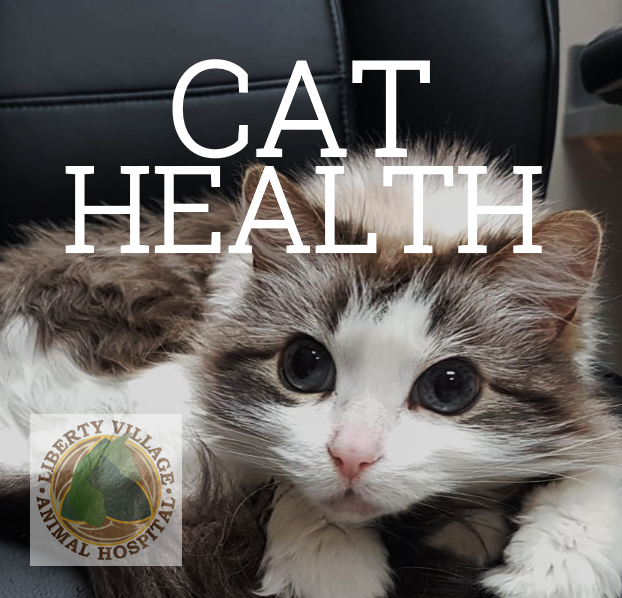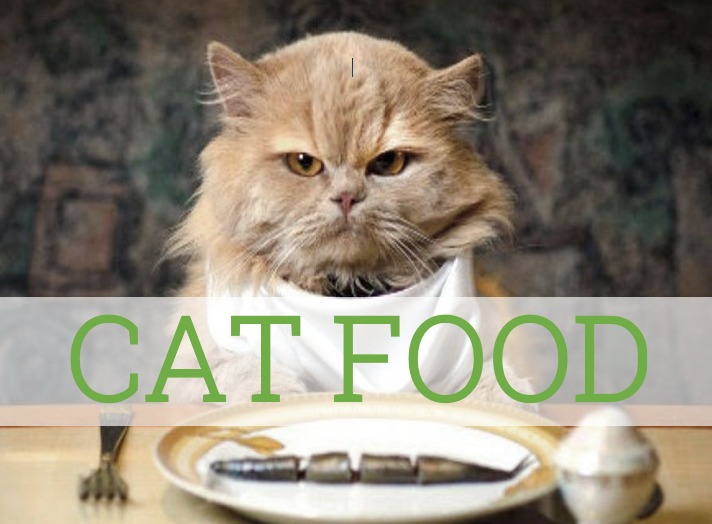We hear it so often in the office when someone brings in an older cat or dog: “She was doing fine until the end of last week, but then over the weekend she just stopped eating and drinking, and I don’t think she’s moved from her bed in the corner for at least 24 hours now. What happened? What symptoms did I miss?” Even the best pet parents can end up feeling guilty because they think maybe they weren’t paying enough attention until their animal is seriously ill. But the truth is that cats and dogs are remarkably good at hiding pain and even serious illness. Most experts think this is a holdover from their days as wild animals, where exhibiting weakness would make them a target for predators, and it’s probably also that, unlike humans, pets don’t reflect on (or worry about) what a new pain or symptom means…
Your cat doesn’t have to live on kibble alone Recently a friend called me up on a rainy Sunday morning. “I’m out of cat food!” he said. “But I really don’t want to have to go out in this weather. What can I feed the cat?” Well, as it turns out, lots of things. Most of us are so accustomed to buying pre-made dog and cat food that we forget that pet-specific food is a relatively recent invention. While the first commercial dog biscuits were made in 1860, it wasn’t until the early 1900s that dog food was widely available. The 25 years spanning the world wars and their associated consumer shortages meant there was a growing need to feed pets without taxing the human food supply. By 1947, PG Wodehouse was writing about satirical dog biscuit companies – which was a good indication they’d gone mainstream. The truth is that…


